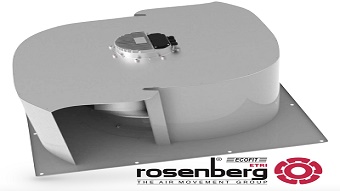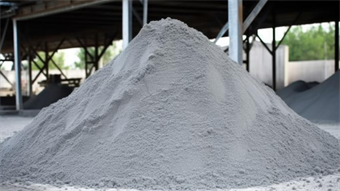Video: Measuring molten salt status in the FLEX reactor
S. Himmelstein | April 28, 2023The FLEX molten salt reactor was engineered by U.K.-based MoltexFLEX as an advanced lower-cost nuclear technology to supplement wind and solar power generation. The use of two molten salts — one acting as a fuel and the other circulating as a coolant — requires data on the performance of these fluoride materials at high temperatures.
To examine molten salt viscosity and density at temperatures up to 1,000° C, an MCR 302e rheometer supplied by scientific instruments manufacturer Anton Paar was installed inside a climate-controlled inert gas glovebox under laboratory conditions. By equipping the nitrogen gas-filled glovebox with a rheometer calibrated with lower-temperature chloride salts, the researchers can now generate the required viscosity data,
 MoltexFLEX chemists working with the rheometer. Source: MoltexFLEX
MoltexFLEX chemists working with the rheometer. Source: MoltexFLEX
“The FLEX reactor relies on natural convection rather than pumps to circulate the molten salt coolant, and this is sensitive to viscosity and density, so accurate information of these parameters at different temperatures is vital,” said MoltexFLEX chemist Phil Quayle. “This one-of-a-kind installation will go a long way towards delivering a FLEX reactor this decade.”
[See also: A modular molten-salt reactor system]
The cost of electricity generated by the FLEX reactor is expected to be comparable to that of wind at just £40 ($46) per MWh. The first reactor, with the potential to power 40,000 homes, is scheduled for operation by 2029.




